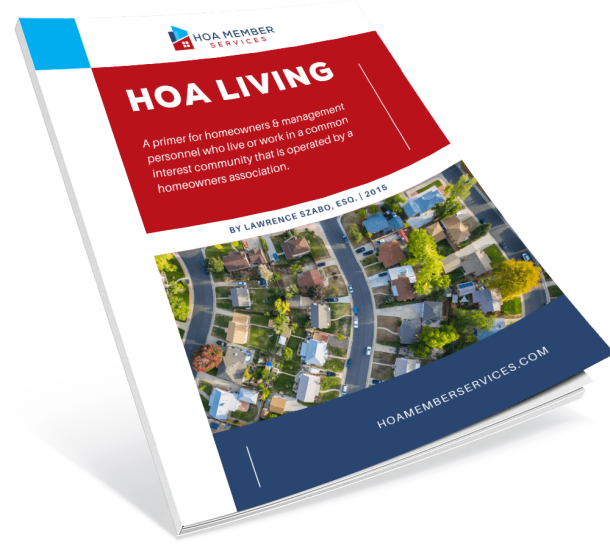Court Says Owner Must Tear Down Unapproved Fence and Wall That Violated CC&Rs
- Case Decisions, Governing Documents, Use and Maintenance
This case involved a dispute between a homeowners association (“Association”) and a homeowner member of Association (“Owner”) over the construction of a retaining wall and fence by Owner that Association contended was in violation of specific limitations contained in Association’s CC&Rs. The CC&Rs provided that fences and walls could not sit closer than 20 feet to any street, and fences could not exceed 6 feet in height.
In May 2016, Owner submitted an application to Association’s Architectural Committee for approval to perform what was described as: (i) “Fence Repair: Fence will be repaired and extended on the east side facing N. Cayuse Way to cover the full length of the house;” and (ii) “Landscaping: In order to repair the fence and to level the fence with the house, some landscaping will be needed at the backyard and the east side of the house.” Association conditionally approved the application and informed owner that, “*- Fence to be stained to match- All repairs to be in compliance with CC&Rs and all applicable municipal, county, and state codes.”
After obtaining Association’s conditional approval, Owner began constructing a 3’ retaining wall with a new fence on top of the retaining wall. Seeing the work was not consistent with what was described in Owner’s application, Association instructed Owner to submit a second application that described the work that was taking place. Owner filed the second application which was then denied by Association because it violated the limitations contained in the CC&Rs in the following respects: (i) the fence exceeded the 6 feet limit because it was constructed on top of a 3’ foot retaining wall; (ii) the fence was placed too close to the street; and (iii) the retaining wall could negatively impact drainage to the adjacent properties.
After unsuccessful efforts to resolve the dispute with Owner through informal internal meetings, in June 2017, Association filed suit against Owner seeking injunctive relief in the form of an order directing Owner to restore the property to its previous condition, or, alternatively, permit Association to restore the property and seek reimbursement from Owner. In response, Owner raised the equitable defenses of waiver, laches, and estoppel. Owner also contended that Association its good faith and fiduciary duties and the implied duty of good faith and fair dealing by approving similar improvements for other owners.
The trial court grant summary judgment in favor of Association after finding that:
Subscription Required to Continue Reading
To view the full HOA Featured Article, you must have a Subscription with HOA Member Services
Become a Member
Personal Monthly
-
Access to over 600 Articles & Case Decisions
-
Access to hundreds of Resources
-
HOA Newsletter
-
Free Copy of HOA LIVING
-
25% OFF Download Forms
-
1 User
Personal
-
Access to over 600 Articles & Case Decisions
-
Access to hundreds of Resources
-
HOA Newsletter
-
Free Copy of HOA LIVING
-
25% OFF Download Forms
-
1 User
Pro
-
Access to over 600 Articles & Case Decisions
-
Access to hundreds of Resources
-
HOA Newsletter
-
Free Copy of HOA LIVING
-
Free Unlimited Access to Download Forms (save $1000s!)
-
Unlimited Personal Support from HOA Attorney
-
1 User
HOA Team
-
Access to over 600 Articles & Case Decisions
-
Access to hundreds of Resources
-
HOA Newsletter
-
Free Copy of HOA LIVING
-
Free Unlimited Access to Download Forms (save $1000s!)
-
Unlimited Personal Support from HOA Attorney
-
Up to 10 Users



